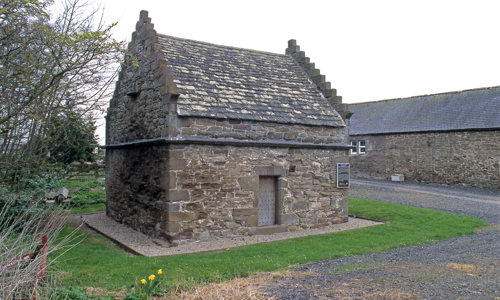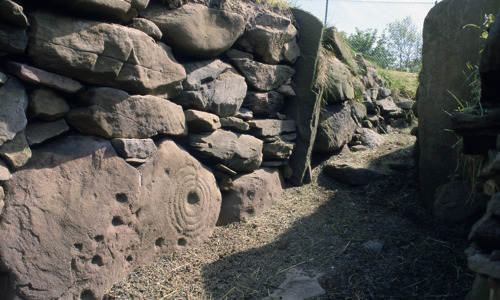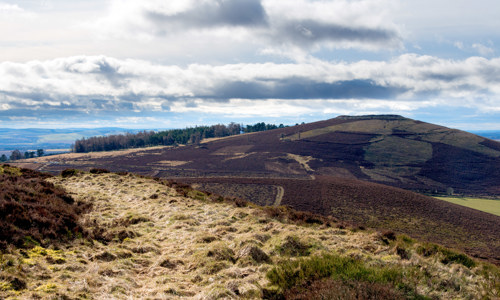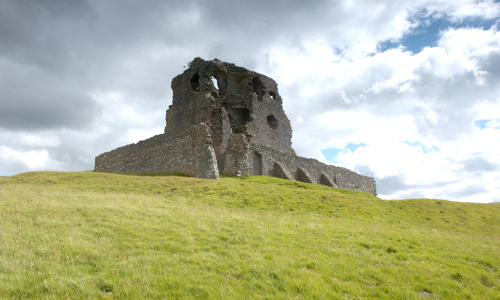History
Ardestie Earth House is an underground passage over 24m long, with a stone-lined drain in its floor. Excavations in 1949 and 1950 revealed a complex of buildings at ground level, with access to the earth house within one building.
A cup and ring marked stone was also found in the wall of one of the buildings at Ardestie.
Passages in the earth
Earth houses, like at Ardestie, were not dwellings, but stone-lined underground passages. Where they have been excavated, buildings can be seen at ground level. Several examples are in Historic Scotland care. Earth houses, or souterrains, are commonly found in:
- Brittany, France
- Cornwall, England
- Ireland
- Scotland
Use and disuse
Plenty of people have speculated on the use of earth houses, but the variation in shape and size across Scotland suggest there was no single consistent use.
One suggestion holds that they were used for storage. The larger sizes of earth houses in Perthshire in Angus could reflect the greater fertility of the surrounding farmland. Their dating, in the first centuries AD, suggests they might have been built to store grain for the occupying Romans.
Evidence suggests that most earth houses were destroyed, or at least infilled, in the late AD 100s – coinciding with the Roman withdrawal from Britain.















